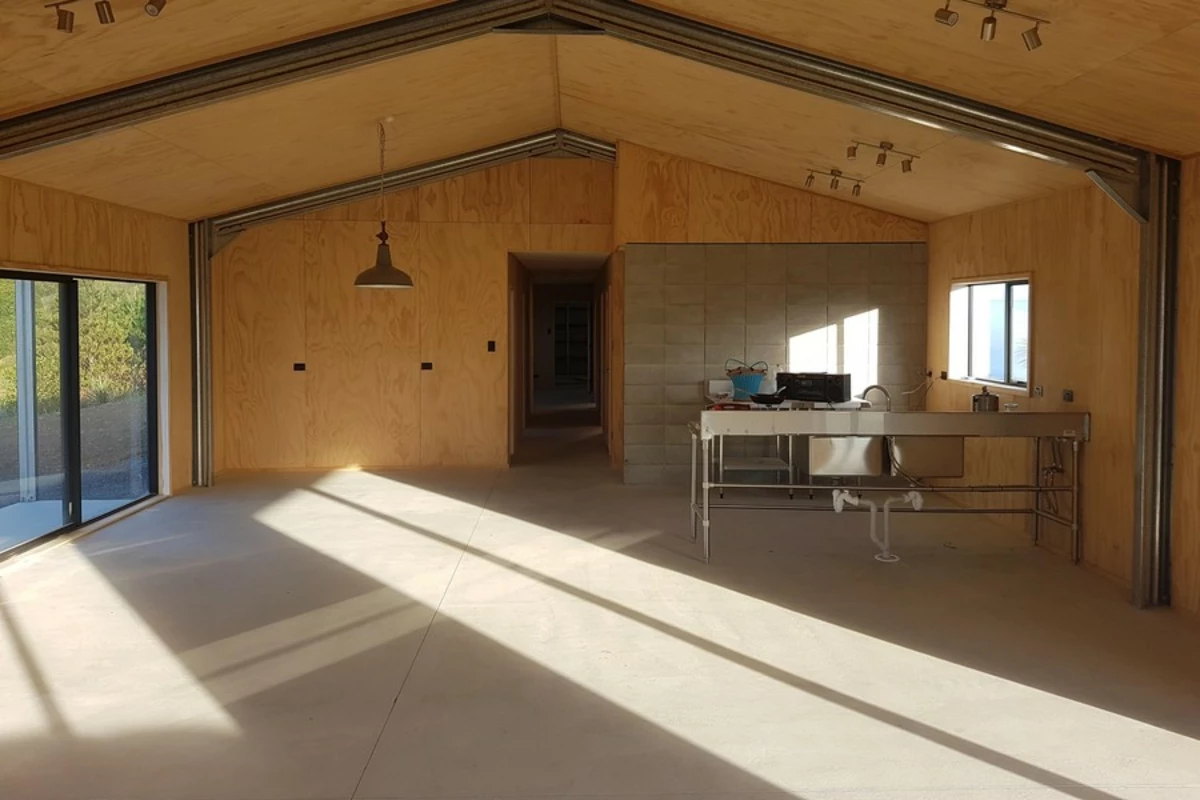I am here to tell you that you are wrong. This is a very bold thing for me to say: I don’t know you, your experience of the world, or what skills you bring to the discussion, but I’m going to say it anyway because it seems like a good way to kick off an article offering advice. It’s how most of them begin isn’t it?
In design, as in writing, we tend to fall into familiar patterns of doing things. We decide on a set of principles and we repeat them, again and again with only minor variations and improvements. Design, I’ve always thought, is less about innovation and more about evolution.
Since I began designing websites, sometime around the turn of the century, our understanding of how to do this job has evolved in many interesting and nuanced ways, but some things are both constant and universal, such as clients asking me to make things user-friendly.
This well-intentioned, and on the face of it all, simple request is something that is extremely difficult to understand and even harder to put into practice.
Friendly is not the same as effective. Neither is it the same as attractive. And don’t get me started on whether friendly has anything to do with comprehensible or useful. Buried in the phrase ‘user friendly’ are so many social, cultural and technological assumptions that we end up without any clear idea of what we’re shooting for.
The modern discipline of User Experience (UX) design tries its best to free us from this technical and social morass, but this doesn’t stop clients leaping in and demanding that the design meet an impossible set of invisible expectations.
Riding user-friendliness like a remora fish rides a shark is the concept of dynamic design. Truly, a dynamic and user-friendly site would be a fine thing indeed. By dynamic most clients seem to mean that it is animated somehow. I don’t know, but perhaps the menus slide in and out when you hover near them, or maybe the content swings in from the side as you scroll down, as though it has been lurking in the dark awaiting your arrival.
The irony, of course, is that most of the things that make a site dynamic also make it less user-friendly.
So, I say it again, if you would like a dynamic and user-friendly site, you are wrong.
What your website user wants is something that they can understand, and which helps them achieve a task. That task might be a purchase, it might be finding the answer to a question, or it might be booking an event. Your attempts to be user friendly and dynamic notwithstanding, a successful site is one which let’s them do this.
UX designers (basically a sub-class of design nerd that is obsessed with making things user-friendly) use two concepts which govern how well we do this, referred to by the rather ominous titles of the gulf of execution (how well can they do the task) and the gulf of evaluation (how well do they understand it).
The basic question we ask ourselves is this: have we made it more likely that the user will understand and complete their task?
Here’s the thing: most websites are made more successful for their owners by removing as much other junk as possible until we can, finally, answer yes to this question. Friendliness doesn’t come into it. Funky animations even less so.
But you know what does come into it? Understanding your users.
To be fair, no one really understands their users, at least not all of the time. A perfect understanding probably isn’t possible. People are fickle. They defy expectations, they use things wrong, and they fail to appreciate just how dynamic you’ve made things.
I am not saying these things because I have some sort of intrinsic dislike of animations or big friendly buttons. I am saying these things because I have been looking at website traffic reports and data analysis for the past twenty years, and I have seen what works. It is not the websites with a high degree of complexity that win.
Complexity is easy.
The hard thing, for both designers and clients alike, is to pare your website back until it does much less. You have to be brave to do this, and have a great deal of confidence in your designer. This does not usually happen. Websites get filled up with clutter, features, trackers, and a confusing mishmash of ideas.
So what is my advice? To foster trust with your designer, and to focus all of your combined efforts on understanding what the user wants to do. Then, and only then, will your website become truly user-friendly.
You may even find it’s more dynamic.

Meet with us
If you're interested in talking with us about your online presence or digital design & programming needs, call or email us to arrange a consultation. We travel nationwide as needed.
Phone 021 858 600
Email james@digitaladvisor.nz



